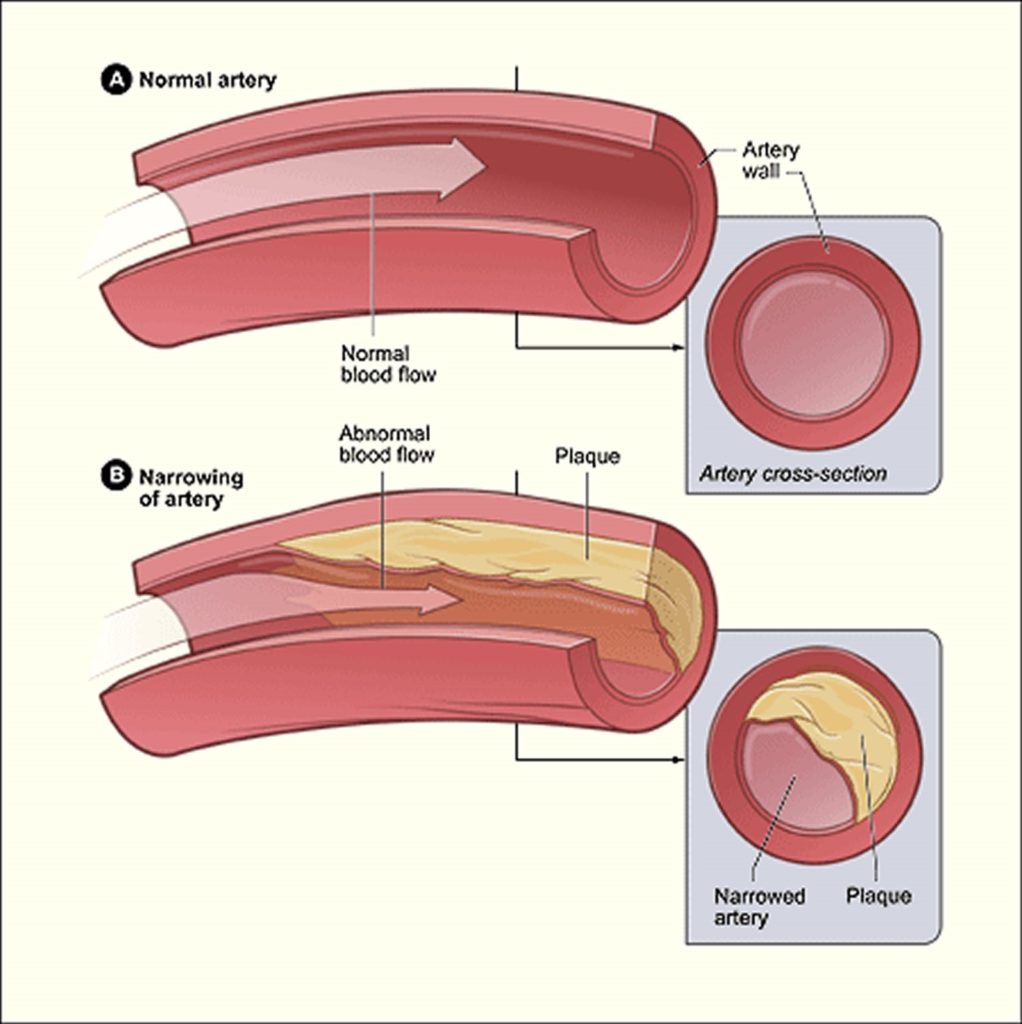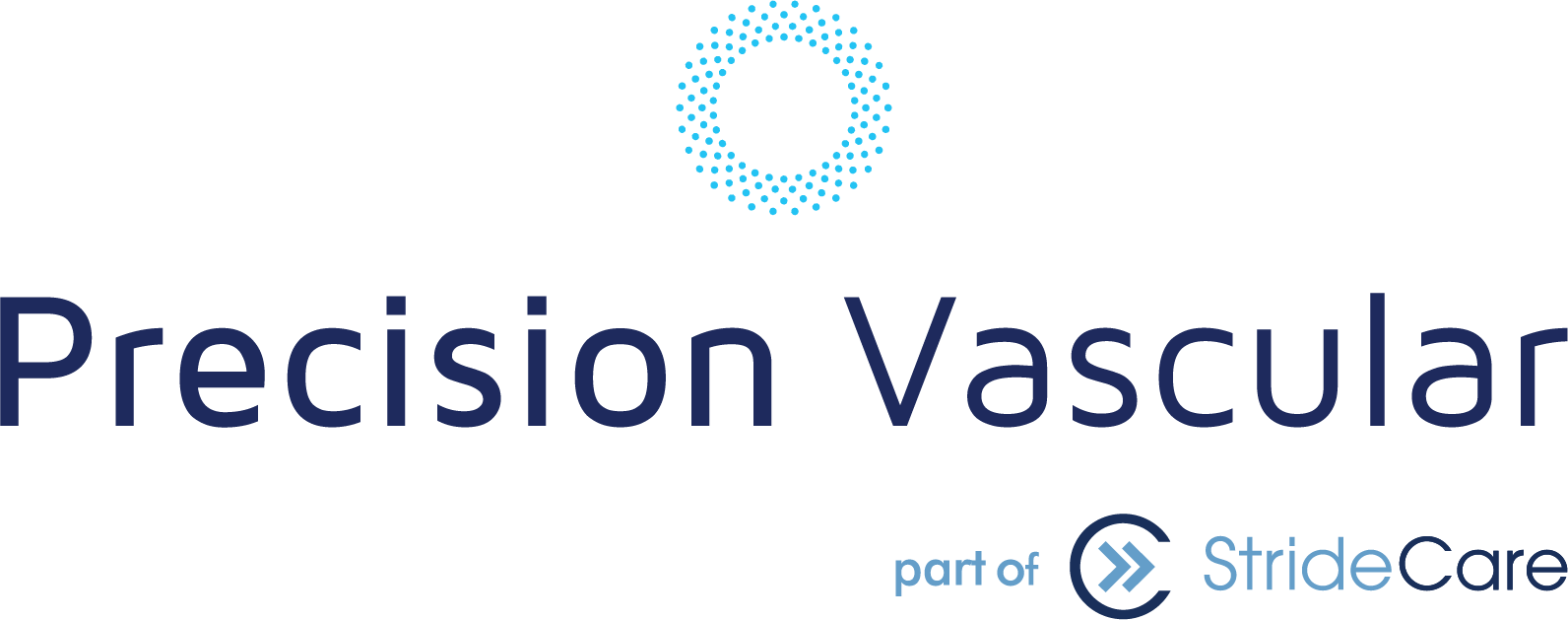Even if you haven’t been diagnosed with peripheral arterial disease (PAD), there’s a good chance that you know someone who has. PAD affects approximately 6.5 million people over the age of 40 in the United States. Even small symptoms left unchecked can lead to serious complications. Simply put, PAD is not a condition that should be taken lightly. There are countless peripheral arterial disease myths that simply aren’t true. It’s time to dispel them so that more people are armed with correct information.
At Precision Vascular, we believe it’s important for people to know the difference between fact and misinformation. We want to empower our patients to make informed decisions about their vascular health. This is especially true for PAD, as many people who have it are often misdiagnosed and mistake symptoms for something else.
Wondering about peripheral artery disease treatment options? Call 214-382-2925 to schedule a consultation with Precision Vascular’s expert physicians.
What Is PAD Exactly?
Before getting into peripheral arterial disease myths, let’s discuss what it is and some of the more common symptoms. Our veins and arteries are a very intricate and interconnected web of networking that allows blood to flow properly to and from the heart and throughout our body. Over time, our arteries can develop a buildup of plaque. These blockages or narrowing drastically limit blood flow. PAD, also referred to as arteriosclerosis of the extremities or peripheral vascular disease, is a condition that causes poor blood circulation to the kidneys, intestines, arms, legs, and feet—leading to tissue and nerve injury or damage.

PAD can lead to a variety of symptoms, including:
- Painful cramping in the legs or hips, especially while active but feel better at rest
- Changes in the appearance of extremities (color, loss of hair, shiny skin)
- Cold legs and feet
- Open sores that don’t heal
- Erectile dysfunction
- No pulse or weak pulse in legs and feet
There are various risk factors contributing to peripheral arterial disease, including smoking, diabetes, obesity, cardiovascular disease, and high blood pressure. If left unattended or undiagnosed, PAD symptoms can lead to a critical state of “no blood flow.” And if this happens, you could be at risk for limb amputation.
Fact or Fiction: Debunking 6 Peripheral Arterial Disease Myths
Myth #1: PAD has consistent, defined symptoms
Many people who have PAD exhibit pain in their legs with physical activity, such as cramping in the calves when walking, that gets better at rest. However, peripheral arterial disease symptoms can vary widely—such as the list above. Furthermore, the CDC says that up to 4 in 10 people with PAD don’t have symptoms. They may also only have minor leg discomfort or fatigue that is chalked up to osteoarthritis or neuropathy. The thing to remember is that sluggish blood flow caused by PAD can progress from no symptoms at all to pain in one leg or both legs to different extents.

Myth #2: Peripheral artery disease is limited to your legs
Many patients have been led to believe that the symptoms they are facing can’t possibly be related to PAD if it doesn’t involve their legs. While it is true that peripheral arterial disease is more common in the legs, PAD can happen in any blood vessel. Fat deposits also build up in arteries that supply blood to your heart and brain, which causes poor blood circulation to the kidneys, intestines, arms, legs, and feet and can increase your risk for heart conditions.
Myth #3: PAD isn’t life-threatening
While PAD is treatable, and while many people who have it can go on to lead long, healthy, and active lives, it is absolutely a life-threatening condition if ignored, misdiagnosed, or left unchecked. It’s dangerous because any significant blockages that restrict blood flow to your limbs and organs can cause irreparable damage over the long term, including gangrene that leads to amputation.
Myth #4: PAD is a man’s disease
This is yet another example of peripheral arterial disease myths that simply aren’t true. In fact, one study showed that women have equal to if not higher rates of PAD compared to men despite fewer cardiovascular disease risk factors. In addition, women with peripheral artery disease experience faster functional decline compared to men. Because women have a longer life expectancy, they will be even more disproportionately affected with PAD as the population ages.
Myth #5: Only people who are overweight have peripheral arterial disease
Weight is a considerable risk factor, but it’s not the only one. Up to 80% of patients with PAD are current or former smokers. Also, roughly 20-30% of people diagnosed with peripheral artery disease also have diabetes, which not only raises your risk of getting PAD but can also make the condition worse.
Myth #6: The only treatment for PAD is invasive surgery
Another of the peripheral arterial disease myths is that invasive surgery is the only answer. In reality, PAD can be successfully treated with simple lifestyle changes and medication when caught early. This includes everything from quitting smoking to maintaining a healthy weight, diet, and exercise. If necessary, your doctor may suggest minimally invasive treatments such as:
- Angioplasty — A balloon system that uses a catheter to open up narrowed or blocked arteries.
- Atherectomy — Advanced laser technology that clears away built-up plaque on large blood vessels.
- Stenting — This involves a small mesh tube to keep closed-off blood vessels open for the long term.

Searching for top peripheral arterial disease doctors in the Dallas-Fort Worth area? Request an appointment with Precision Vascular’s specialists.
Precision Vascular Provides Expert Arterial and Vein Specialty Care
Are you worried that your symptoms could be a sign of a more serious health condition such as peripheral arterial disease? Precision Vascular can help. The vascular physicians at Precision are board-certified diagnostic radiologists with additional fellowship training in vascular and interventional radiology.
Precision Vascular is the leader in advanced artery and vein condition diagnosis and treatment. No matter what stage of the disease, today’s minimally invasive procedures end vein pain, discomfort, and embarrassment. We treat everything from spider veins and problem varicose veins to more advanced conditions such as peripheral arterial disease and leg ulcers.
If you are experiencing problems with your legs, schedule your consultation and screening. It could be an underlying arterial or vein disease that’s causing you pain and discomfort. Artery and vein disease is very treatable with our effective, state-of-the-art medical technology. There is hope. For a consultation with one of our expert doctors, contact us at 866-552-4866 or complete the appointment form.
Precision Vascular serves the D/FW area including Dallas, Mesquite, Craig Ranch, Sherman, Dennison, Arlington, Fort Worth, Addison, Carrollton, Richardson, Garland, Highland Park, University Park, Park Cities, Plano, Frisco, Allen, McKinney, Irving, Grand Prairie, Denton, Lewisville, HEB, Hutchins, Duncanville, DeSoto, Cedar Hill, Lancaster, Cockrell Hill, and all North Texas.
Prior to starting any new treatment or questions regarding a medical condition, always seek the advice of your doctor or other qualified health provider. This information is not a substitute for professional medical advice.

